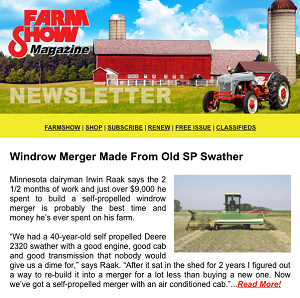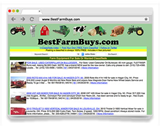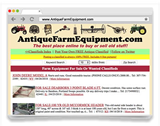2016 - Volume #40, Issue #2, Page #33
[ Sample Stories From This Issue | List of All Stories In This Issue | Print this story
| Read this issue]
Old Bucket Converted To Multi-Use Skid Steer Plate
 |
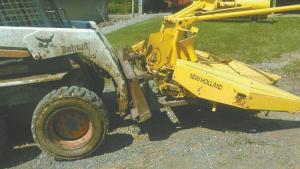 |
“We use it to move forage harvester heads around, attach booms for general lifting, and forks for pallets and other stacked materials,” says Wampler. “Originally, it was a quick-attach, tined bucket on our Bobcat.”
He and his brother have used the tool to move forage headers for the past 10 years or more. They drive the harvester into their shop, lift the header away with an overhead hoist. Once away from the harvester, the hoist lowers it so it can be picked up by the plate-equipped skid steer and moved as needed.
“It is a lot easier than trying to pick it up with a loader bucket and secure it with chains,” says Wampler. “With the mounts on the plate, the header is secure and easy to move. We can take it to storage, grab another header and return it to be mounted on the harvester with the help of the chain hoist.”
The key to this use and others is multiple mounts added to the plate. Holes in the bottom sill plate make it easy to slip in forks for forklift work. Other mounts include twin, foot-long sections of 2-in. pipe. They slip through short chunks of 2-in. sq. tubing, which in turn are welded to the plate. Half inch steel rod, also welded to the plate, wraps around and is welded to the square tubing to reinforce it. The pipes are pinned in place for easy removal.
“I like to make things so they can slip on and off quickly,” says Wampler.
In order to move a forage header, he attaches mounting brackets to the plate that match the harvester pickup points. They consist of 2 pieces of 2-in. square tubing welded at a right angle and gusseted with triangular pieces of steel at the inside joint of the legs.
The vertical leg has a 4-in. length of 2-in. steel tubing welded to the outside top of the leg. A clevis style joint with a section of 2-in. pipe is welded to the inside top of the leg.
To attach the legs, Wampler slides the pipes to one side and then back through the steel tubes on the legs. Once the pipes are secure, the legs can be adjusted to the right or left to match the spacing between the clevis mounts on the headers. The horizontal leg portions of the brackets slide under and help raise the header, similar to shoes on the harvester.
A second mount consists of a 1/2-in. thick steel plate butt-welded to the center top edge of the plate. Wampler uses it as the anchor point for his quick attaching booms.
“We have a 3-ft. boom with a 5-ft. long attachment, “ says Wampler. “With the 5-ft. boom on the plate, we can raise the end 12 ft. in the air.”
Contact: FARM SHOW Followup, David Wampler, Buttermilk Road Dairy, 675 Buttermilk Rd., Mt. Sidney, Va. 24467 (ph 540 421-9310).
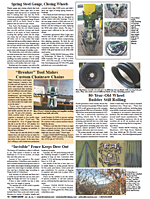
Click here to download page story appeared in.
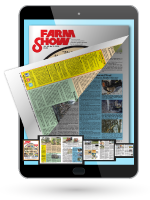
Click here to read entire issue
To read the rest of this story, download this issue below or click here to register with your account number.


